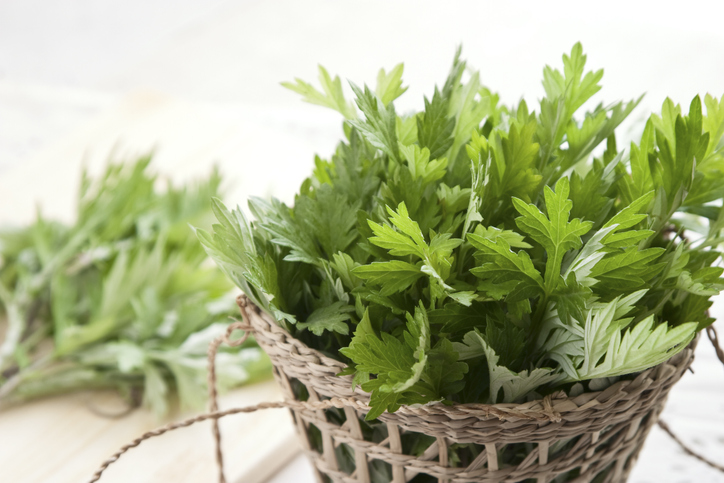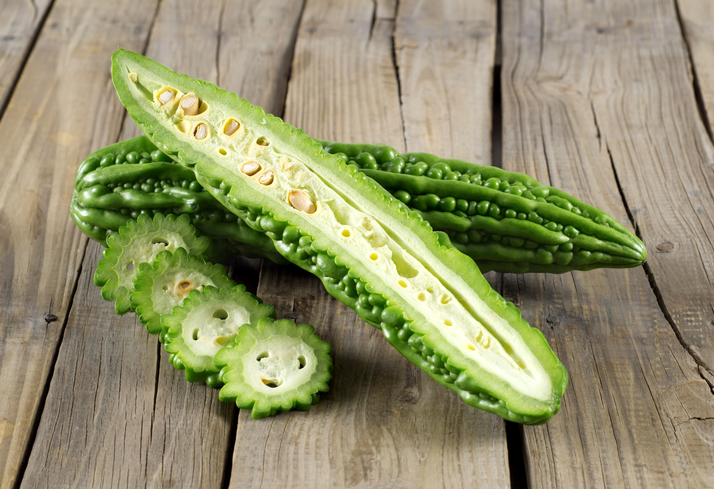Okinawans are getting fatter... thanks to the U.S. military.
The Japanese island of Okinawa is well known for being one of the healthiest places in the world. It has one of the world's highest rates of people living to 100 years and older – about 68 centenarians per 100,000 people, compared with about 27 per 100,000 people in the U.S.
But the presence of U.S. troops – since the end of World War II – has driven modernization and worsening health on the island... particularly when it comes to fast food.
McDonald's, Kentucky Fried Chicken, and Taco Bell are just a few of the fast-food chains there today. Eating unhealthily is commonplace for younger Okinawans. In 2004, Daisuke Nakaima (who was 23 years old and 243 pounds at the time) told a New York Times correspondent, "My parents loved fast food, so whenever I'd open the fridge, I'd find hamburgers inside."
This high-fat, Americanized dining experience has put younger Okinawans at higher risk for obesity, high cholesterol, and heart disease. But the older generations aren't experiencing these same health problems. Instead, they're enjoying long lives in excellent health.
Traditional Okinawan cuisine is full of unprocessed, nutrient-dense foods that are low in calories. And many experts credit the health benefits and longevity of older Okinawans to a naturally occurring calorie restriction...
Studies show that young adults living in 1949 ate about 1,785 calories per day but burned about 2,003 calories per day (on average) – creating a calorie deficit of around 218 calories a day.
But it's not just about the low calories. The key here is that the calories they do consume come from foods that are beneficial... packed with vitamins, minerals, antioxidants, and fiber – which support healthy living.
Today, I'm going to share three traditional Okinawan food staples with you. Adding them to your meals – in moderation, of course – can boost your own health and longevity.
1. Okinawan Purple Sweet Potato

Also called the Okinawan sweet potato and beni imo (pronounced "benny eemo"), these vibrant tubers are packed with the same antioxidants, called anthocyanins, found in blueberries.
Anthocyanins give the potato its beautiful purple color. Anthocyanins also help fight against health problems, including:
- Diabetes
- Certain cancers
- Inflammation
- Obesity
- Cardiovascular disease
Purple sweet potatoes are also a great source of fiber... And as a complex carbohydrate, eating them will keep you feeling full for a longer period of time, because they take longer to digest.
Shop for purple sweet potatoes in the fall and winter at Asian grocery stores or specialty grocers like Whole Foods Market. If you need some recipe inspiration, here's a video with a simple recipe for mashed beni imo.
2. Japanese Mugwort

Also called yomogi (pronounced "yoh moh gee"), Japanese mugwort has been used in traditional medicine to treat ailments like diarrhea, inflammation, and cardiovascular diseases. And more recent studies claim it protects against issues like obesity, plaque buildup in the arteries, and oxidative stress.
Japanese mugwort is a herb with a bitter flavor. It's high in vitamins A, B1, B2, and C. It's also a great source of iron, calcium, and phosphorus.
Japanese mugwort is generally safe to eat, but some people should avoid it. If you're allergic to ragweed, celery, carrot, or birch, you may also be allergic to mugwort. Also, children, pregnant women, and breastfeeding women should avoid eating mugwort.
It's not typically found in U.S. grocery stores, so shop for Japanese mugwort plants or seeds at your local garden center. You can also buy it as dried leaves or in powder form, but I often find that fresh ingredients are best. Use the leaves from the plant to add flavor in a soup or salad. For an idea of how to cook with it, here's a short video on how to make Okinawan-style steamed rice with mugwort.
3. Bitter Melon

Also known as goya or bitter gourd, this vine plant looks like a bumpy cucumber or zucchini. It looks and tastes like a vegetable, but it's actually a fruit. True to its name, it has a bitter taste. Cooking it with some salt will help reduce the bitterness.
It's a great source of fiber and is low in calories. It also contains calcium, potassium, magnesium, and zinc... as well as vitamins A and C.
Some studies have shown that eating bitter melon may help regulate blood sugar levels in folks with diabetes. Bitter melon may also help reduce high cholesterol and fight cancer, but further research is needed.
Eating bitter melon can interact with some medications, so check with your doctor before giving it a try. Shop for bitter melon at Asian grocery stores or specialty grocers like Whole Foods Market. Here's a video recipe for a popular Okinawan dish goya champuru, or "stir-fried bitter melon."
Give these Okinawan foods a try and let us know what you think. And if you find other recipes you think we should try, send them our way: [email protected].
What We're Reading...
- Something different: The lost waters of Kathmandu are needed now more than ever.
Here's to our health, wealth, and a great retirement,
Dr. David Eifrig and the Health & Wealth Bulletin Research Team
October 3, 2023
